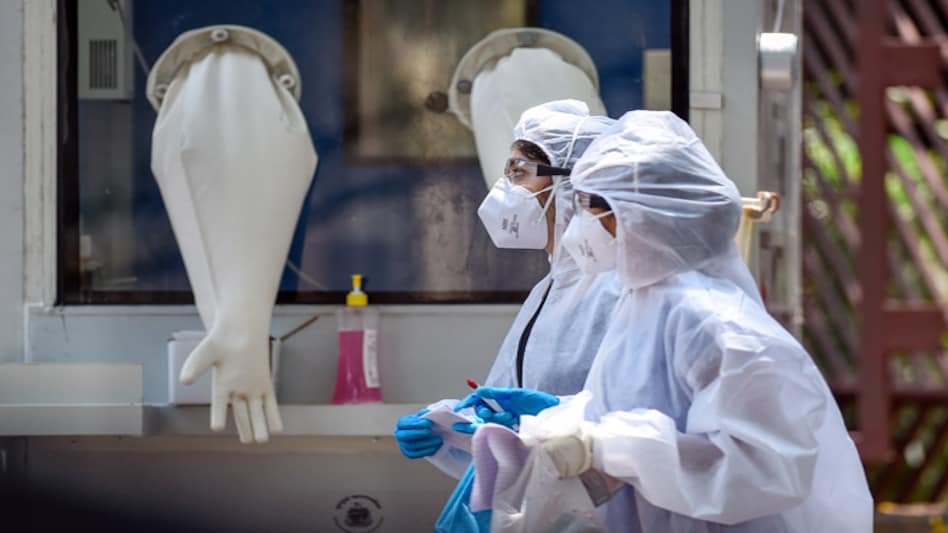

India's low COVID-19 fatality rates could just be a statistical miracle, a new research from a US institution indicates.
The working paper, published by the US-based National Bureau of Economic Research argues that India's low COVID-19 relative to the world average and other countries of high virus infection is because of its relatively young population, and not resistance to the disease. India's case fatality rate (CFR) under COVID-19 is around 2.2 per cent as against world average of around 4 per cent.
The paper 'Decoding India's Low COVID-19 Case Fatality rate' uses age-specific fatality rates from 14 comparison countries, coupled with India's distribution of COVID-19 cases to 'predict' what country's CFR would be with those age-specific rates. The results suggest that India's fatality rates could be higher than the world average.
"Our evaluation of India's experience suggests that the country's record is a good deal less flattering than a reliance solely on a measure of central tendency such as the case fatality rate would indicate. We've used age-specific fatality rates from comparison countries, coupled with India's distribution of COVID-19 cases (which mirrors India's demographic structure) to 'predict' what India's CFR would be with those age-specific rates. In most cases, those predictions are lower than India's actual performance, suggesting that India's CFR is, if anything, too high rather than too low," the researchers Minu Philip, Debraj Ray and S. Subramanian say.
The researchers are not entirely relying on prediction. "We supplement the prediction exercises with the application of a decomposition technique, and we additionally account for time lags between case incidence and death, for a more relevant cross-country perspective in the growth phase of the pandemic," they point out.
The analysis also attempts to account for a specific epidemiological feature that there is a time lag between the occurrence of infection and the death. "Rapid growth in the number of cases will tend to depress the case-fatality rates if contemporaneous statistics of deaths and cases are employed in computing those rates. That in itself comes as no surprise. The question is how this affects cross-country comparisons. We return to both the prediction and decomposition exercises, this time with lagged CFR, and it turns out that India's relative performance generally worsens. Indeed, the gap between lagged CFR and the CFR is so striking that if we were to go by the conceptually more appropriate former measure, then there is no longer a 'low' Indian COVID mortality rate asking to be decoded: it is, simply, large," the paper says.
The researchers also call for the timely release of data beyond case and death counts. "It is imperative that detailed data disaggregated by age and other relevant demographic attributes be collected, released, and placed in the public domain. This can only enable the scientific community at large to better assess the situation unfolding before us in this unprecedented time, and to participate more meaningfully in the formulation, implementation, and monitoring of informed policies aimed at mitigation and containment," they say.
ALSO READ: Oxford coronavirus vaccine trials halted: What are other COVID-19 vaccines to watch out?
ALSO READ: PNB Vesper to conduct Phase-II human trial of a new COVID-19 drug